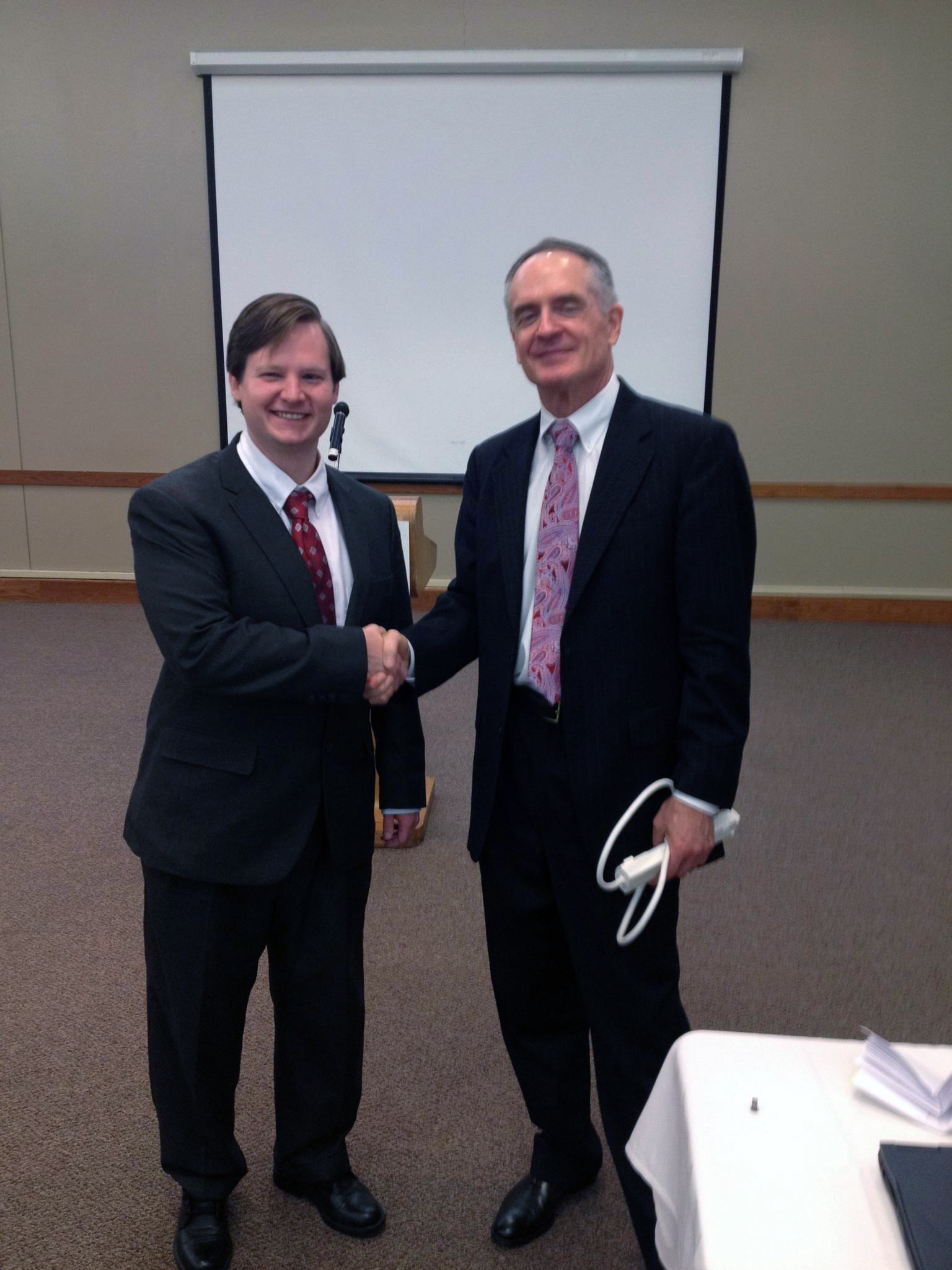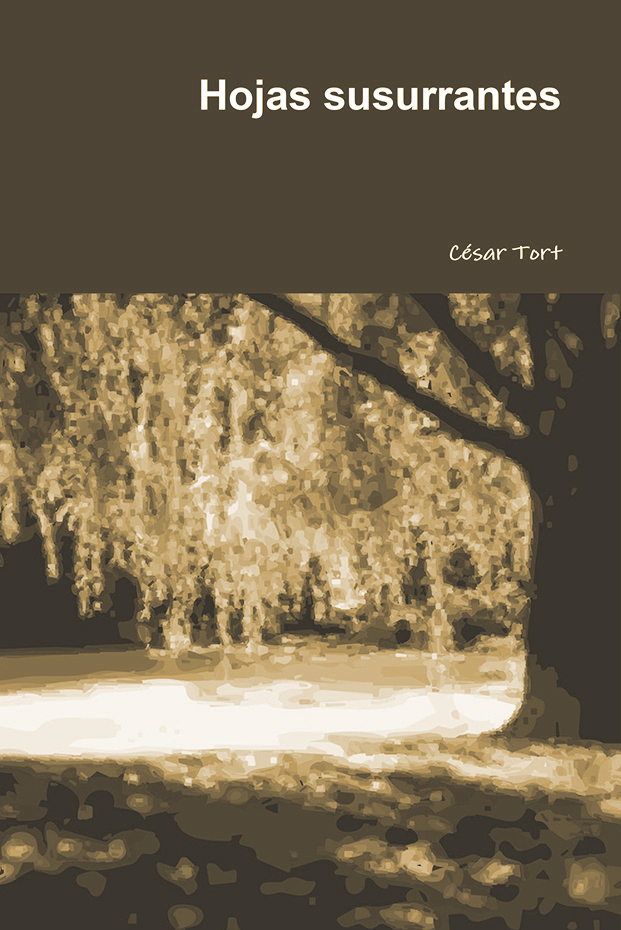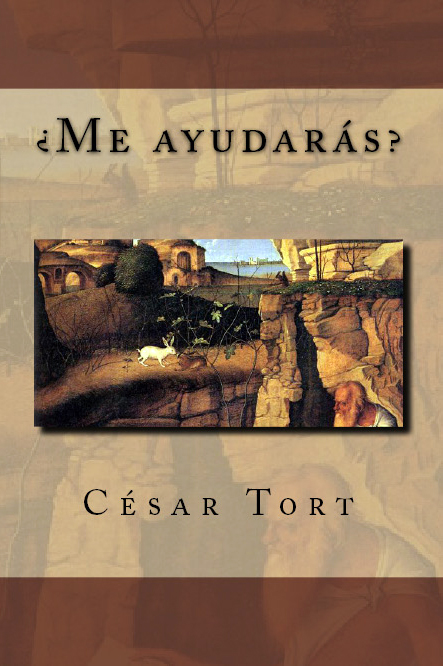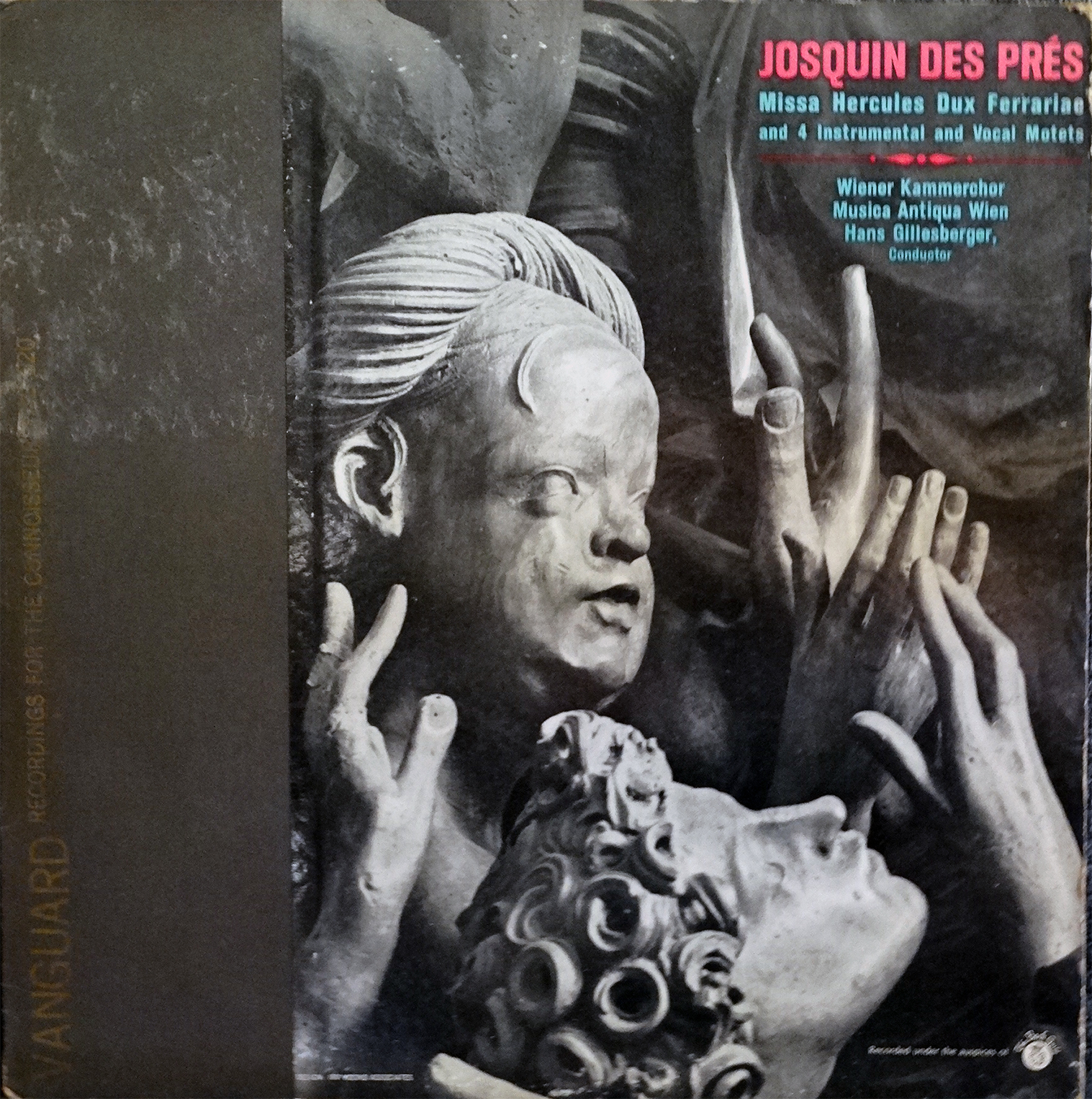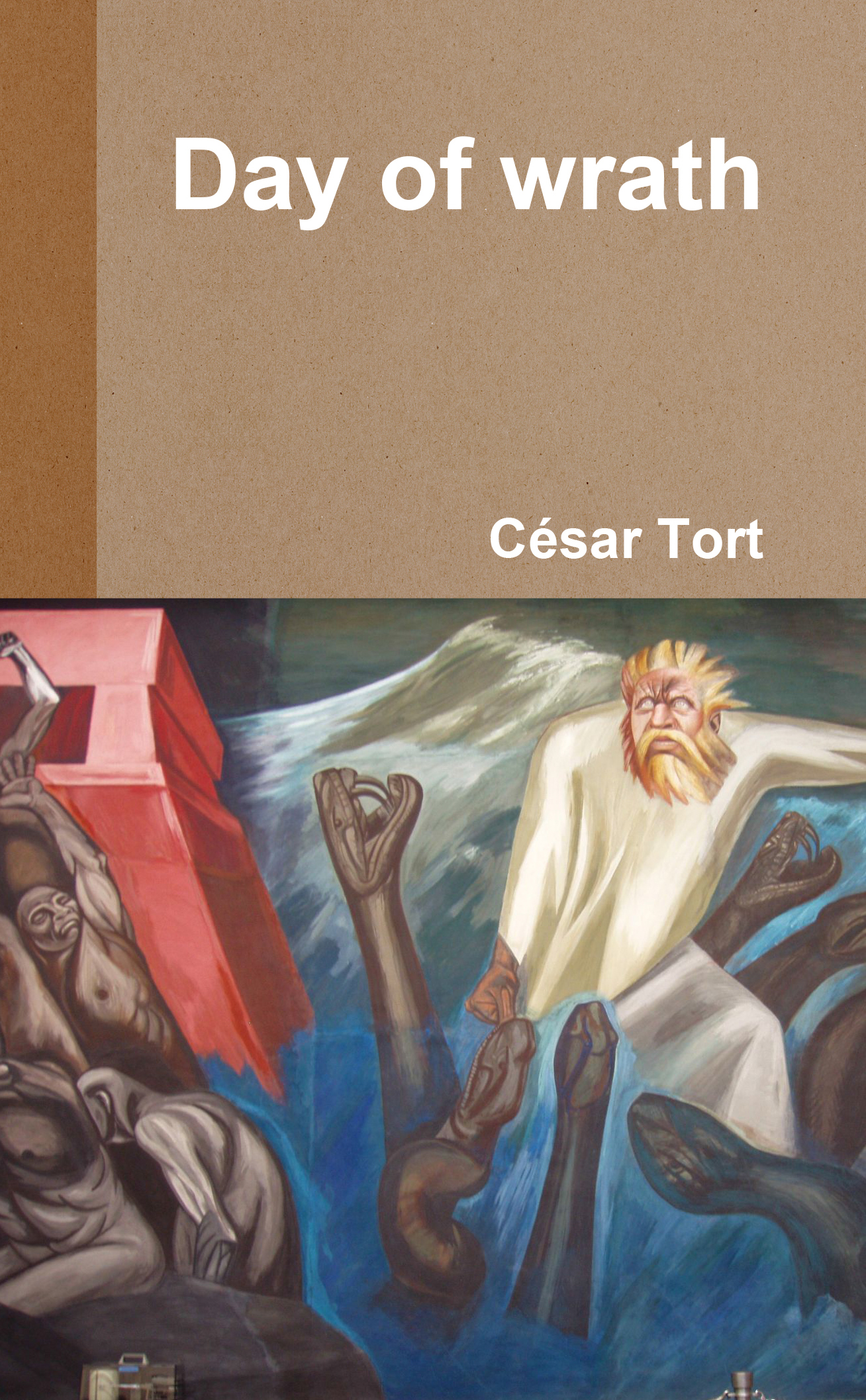Last month I wrote ‘William James’ principle’, that the deepest principle in human nature is the absolute need to be appreciated:
The phenomenon of groupthink has always intrigued me…
In groupthink what counts is how we place ourselves internally before the opinion of others…
Behind the groupthink is the great finding of William James, ‘The deepest principle in human nature is the craving to be appreciated’. It is this principle that moves whites to the phenomenon of virtue signalling: if I join the ethos of the masses, I will be appreciated, even if it is a suicidal ethos…
If we begin to know ourselves, as the oracle of Delphi advised, it is possible to start the exit from this folie en masse that whites currently suffer. We should not mind ‘being appreciated’ but speak out like the child in the crowd, too young to understand the desirability of keeping up the pretence.
The last phrase was an allusion to Hans Christian Andersen’s The Emperor’s New Clothes. When I wrote the article quoting James, I ignored the genetic whys of the above phenomenon. Recently, I discovered that, for the old white psyche in winter, if you were not appreciated, it meant certain death. Just picture yourself as living in one of the prehistoric Ice Ages when Nordic whites were struggling for elemental survival. Not falling from the grace of the tribe must have been engraved with incandescent neon letters in the Nordic mind.
Now everything makes sense! Nutty whites are following the Judeo-liberal Pied Piper of Hamelin, even toward the precipice, because they are afraid of losing the love of their tribe. Of course: only the ignoble, the lemmings, follow the piper, which brings me to Andrew Hamilton’s most important piece of writing ever published, ‘Flawed Racism’, excerpted below:
The mass media and state-controlled education [the Piper of Hamelin] have displaced the family in the formation and transmission of attitudes, beliefs, behavior, and culture. In addition, the mass media winnows candidates for public office at every level, thereby exerting effective control over the (formerly) democratic political process.
There are many unexplored reasons why TV, movies, video games, pop music, and other forms of media exercise such tremendous influence over our ideas and behavior. A “simple” one, I believe, is the (literal) hypnotic effect they have on us.
The Jews, as William Pierce recognized, control the mass media of news and entertainment (which he invariably denominated the “controlled media”). There is perhaps no other truism of modern life that he emphasized so repeatedly. It is somewhat surprising, therefore, that he never developed, or at least never publicly articulated, a theory of media control, or analyzed the nexus between media messages and human psychology and behavior. Instead, he stated his case axiomatically:
By permitting the Jews to control our news and entertainment media we are doing more than merely giving them a decisive influence on our political system and virtual control of our government; we also are giving them control of the minds and souls of our children, whose attitudes and ideas are shaped more by Jewish television and Jewish films than by parents, schools, or any other influence… To permit the Jews, with their 3000-year history of nation-wrecking, from ancient Egypt to Russia, to hold such power over us is tantamount to race suicide…
William Pierce also taught that the vast majority of whites are neither good nor evil; they will think and behave in whatever manner the powers that be direct them to. Most people that is, will conform and obey, no matter what. (Pierce called them “lemmings.”)
Only a tiny handful, he said, are truly good or evil—he estimated 1 to 3 percent in either direction. For some reason he believed the number of “good” people, though exceedingly small, was roughly double the number of intrinsically bad people.
My own inclination is perhaps closer to the Christian belief that humans are afflicted with original sin, and can only be saved (become good) through a process of change and redemption.
What I failed to realize for many years was the depth of the evil and the resistance to individual redemption. Obviously, if people are evil when evil people rule, and good only when good people rule, they are not really good.
Nevertheless, people’s beliefs and behaviors can change radically. Change (for the worse) during my lifetime has been massive. Of course, it is easier to destroy than to build.
Unfortunately, if Pierce’s assumptions are correct—and, apart from his optimistic overestimation of the number of good to evil people, they appear to be—then it is comparatively easy with modern technology and dedicated ruthlessness for a small, domineering elite to continuously identify and destroy the tiny handful of good people on the margin, as they did under Communism and have continued to do in the post-WWII era.
As a result, whites opposed to genocide or totalitarianism have failed to gain any traction.
‘What I failed to realize for many years was the depth of the evil and the resistance to individual redemption. Obviously, if people are evil when evil people rule, and good only when good people rule, they are not really good’, wrote Hamilton.
Right after he published his piece in November of 2012 I wrote that it could be summarized with the thought that humans, including the overwhelming majority of whites who behave like lemmings, are not really good.





